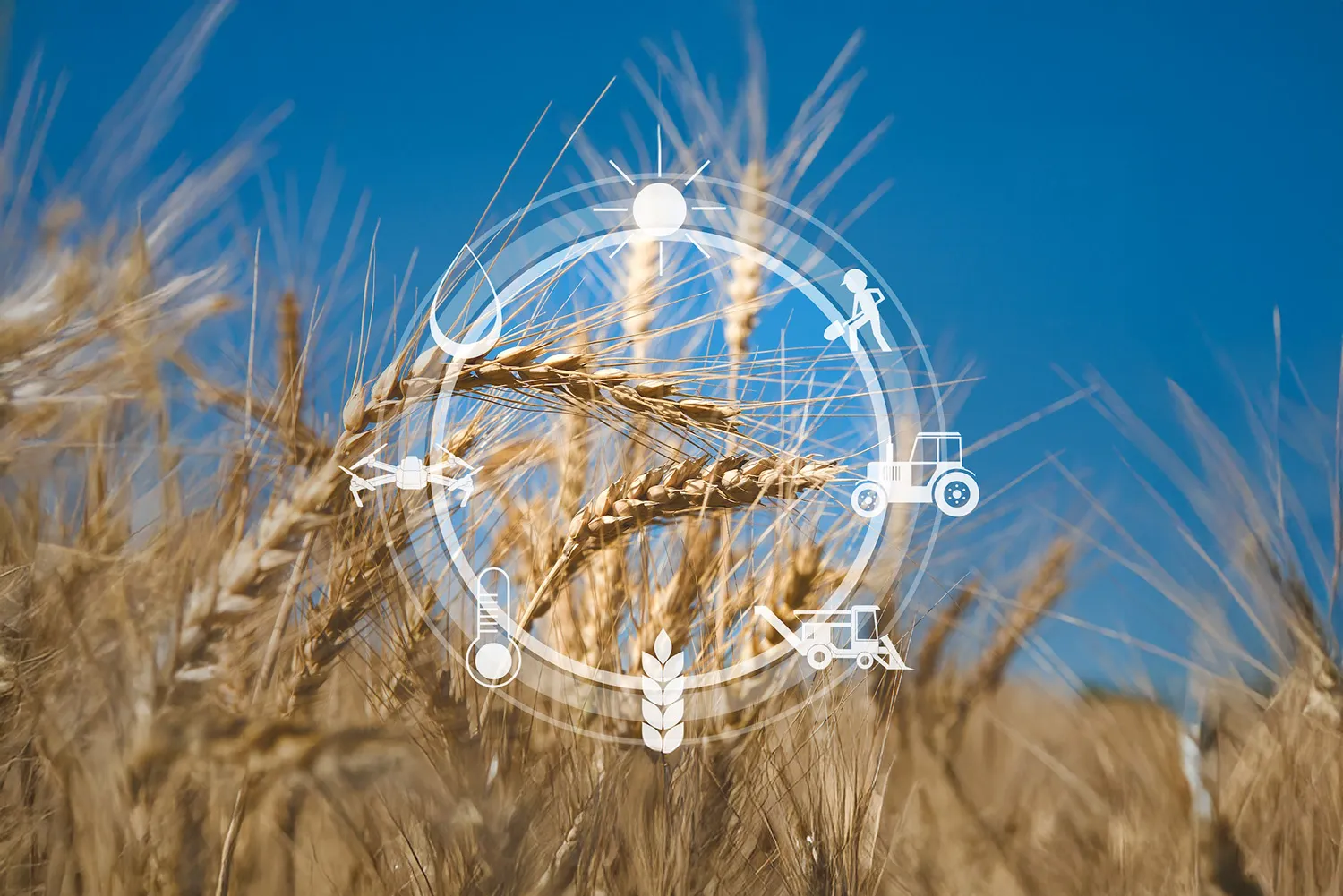
WheatWatcher project unites monitoring soil health, plant health and food traceability through digital monitoring system.
The WheatWatcher project aims to ensure the production of safe, high-quality food by providing data-driven management and decision-making tools for farmers, mill owners, and policymakers. To achieve this, WheatWatcher is developing a comprehensive digital monitoring solution that integrates soil health monitoring, plant health assessment, and food traceability.
WheatWatcher project develops an integrated soil monitoring system to assess soil nutrient status and chemical and biological stressors that affect wheat during its different growth stages. Soil monitoring system incorporates proximal soil sensing, utilizing both non-invasive and invasive sensors, along with an automatic sampling kit. Multi-sensor kit includes various detection methods that can be mounted on different soil equipment, such as tillage machines, planters, and seeders. It is capable of operating at depths ranging from 5 to 50 cm.
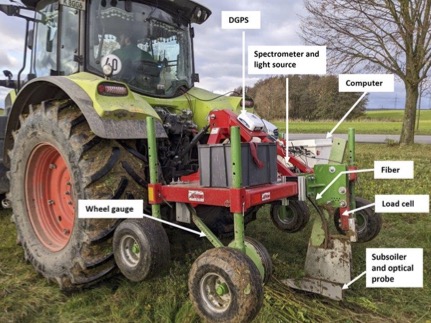
Soil monitoring system will:
WheatWatcher project develops a mobile crop sensing platform that integrates multispectral and hyperspectral cameras to capture crop images across various spectral bands. This platform provides real-time information about issues such as nutrient deficiencies and diseases, enabling the early detection of plant stressors.
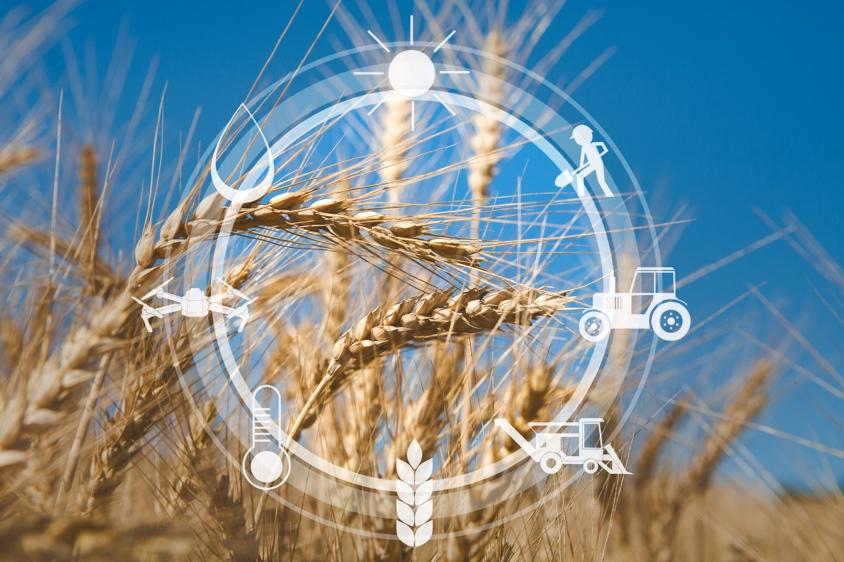
The decision support system collects and analyzes data to help land managers make site-specific decisions, such as soil remediation and targeted treatments for soil or crops. By using a machine learning model, it provides information about the current condition of the wheat and its growth potential.
The system receives data from the following sources:
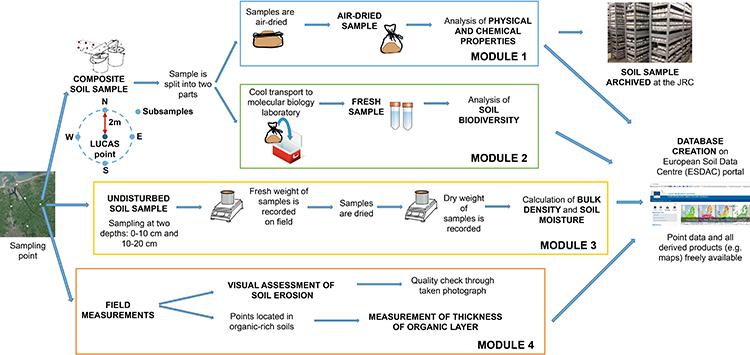
WheatWatcher project uses four sensing platforms: (1) stationary, (2) mobile soil, (3) mobile crop, and (4) remote sensing to collect comprehensive data on soil and wheat parameters. These platforms are specifically designed to detect nutrient imbalances and contamination indicators such as heavy metals, salinity, and hydrocarbons. Advanced sensors, including VIS-NIR spectroscopy, ion-selective electrodes, and remote sensing technologies, will be employed to ensure accurate and detailed measurements.
A comprehensive protocol will be developed to track contaminants throughout the production process, from soil to final wheat products. This protocol defines key quality and safety indicators and standardizes assessment methods across the entire production chain.
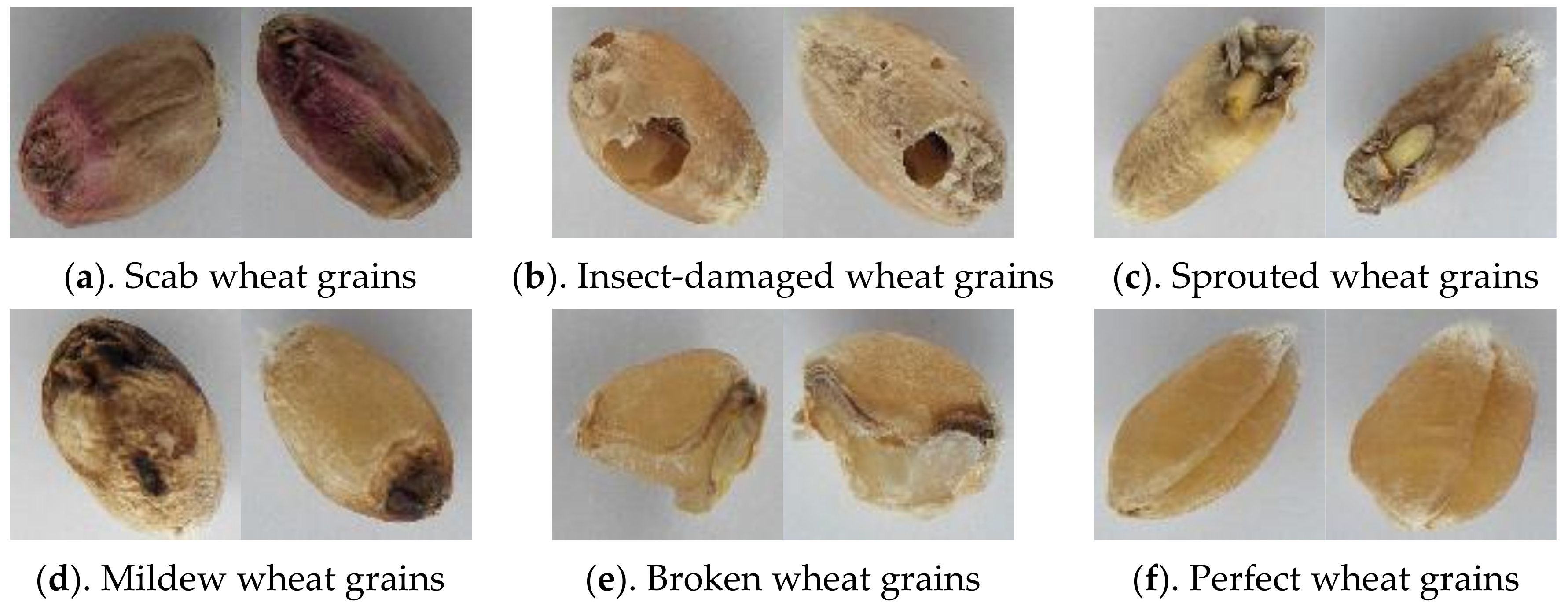
Proximal sensing of soil - determines soil nutrient levels, chemical and biological stressors
Decision support system - combines public and farm data to make smart and effective decisions
Machine learning - supports precise, data-driven decisions tailored to specific locations
Food traceability system - tracks wheat from growth to consumption to ensure that food is safe and nutritious
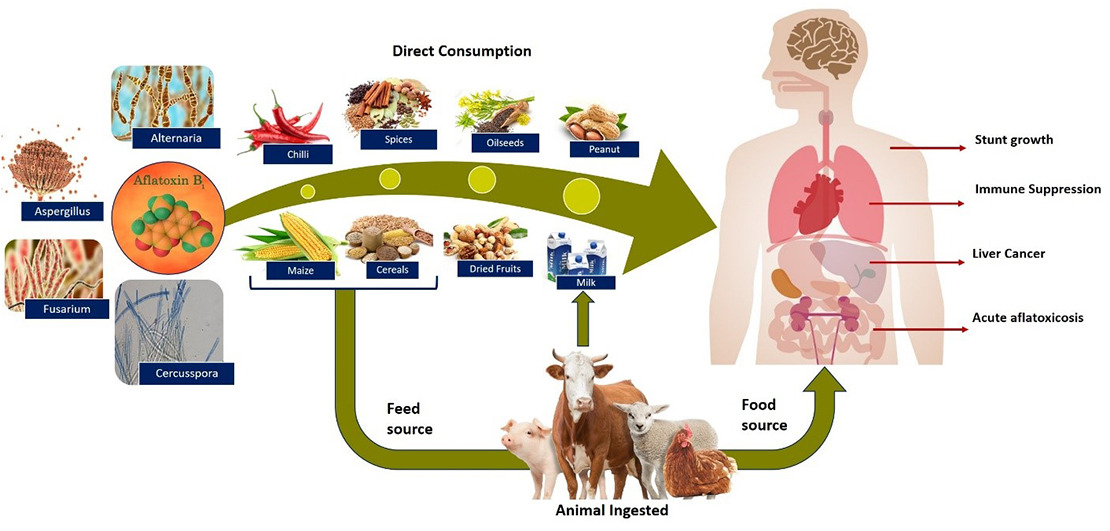
WheatWatcher is developing a comprehensive digital monitoring system to create smarter and more sustainable solutions for farmers, mill operators, and policymakers.
A dedicated soil sensing platform will be created to collect and provide access to high-resolution data on soil parameters. This data, along with information from other sources, will be systematically integrated by a central machine learning model, forming a robust foundation for informed decision-making. The actionable insights generated will help optimize resource allocation, increase crop yields, and minimize environmental impact.
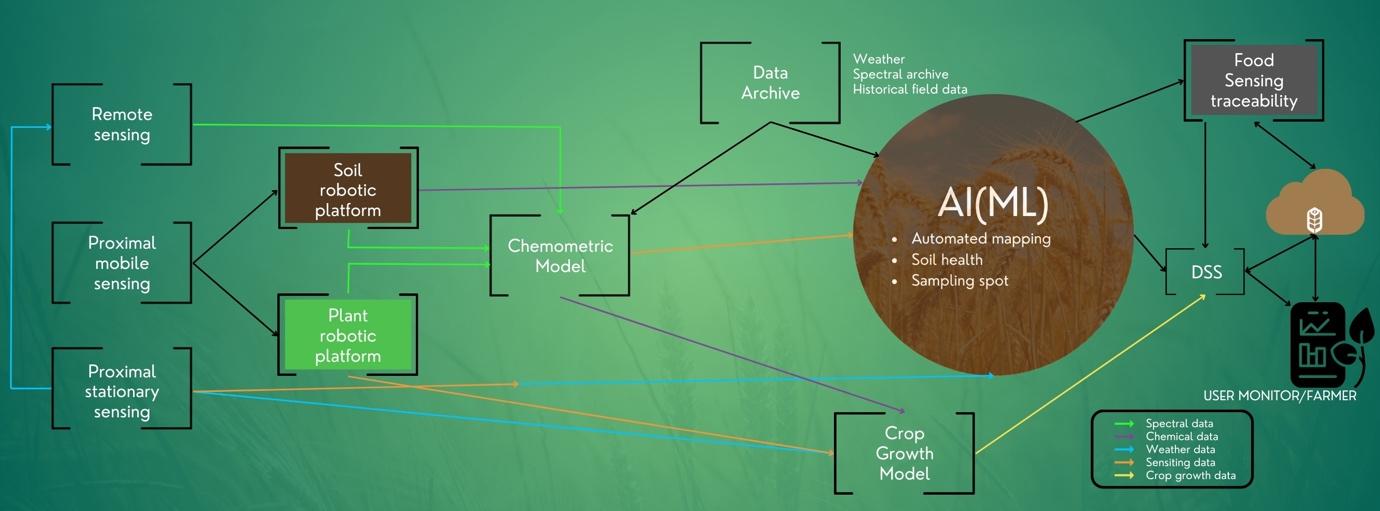
The WheatWatcher project is a partnership of 12 organisations led by Ghent University.
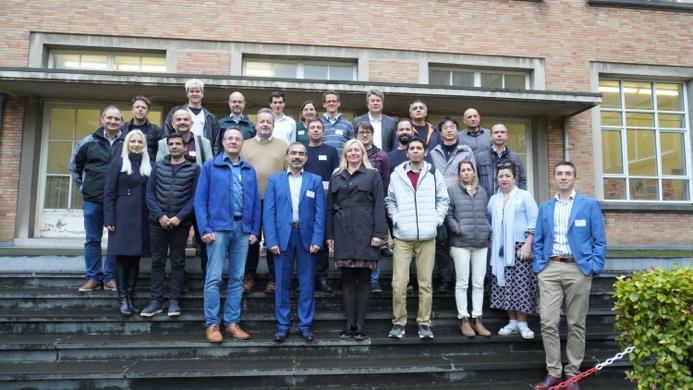
Oct 2024 - Sept 2028

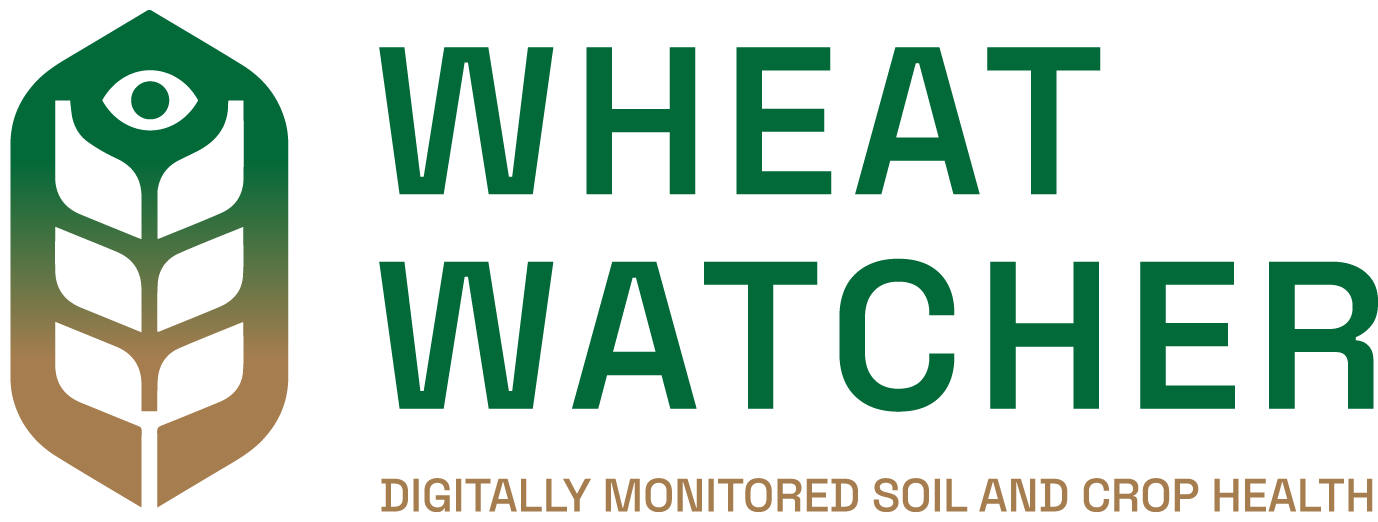



This project has received funding from the European Union's Horizon Europe research and innovation programme under the grant agreement number 101156480.
Views and opinions expressed are however those of the author(s) only and do not necessarily reflect those of the European Union or the European Research Executive Agency (REA). Neither the European Union nor the granting authority can be held responsible for them.





